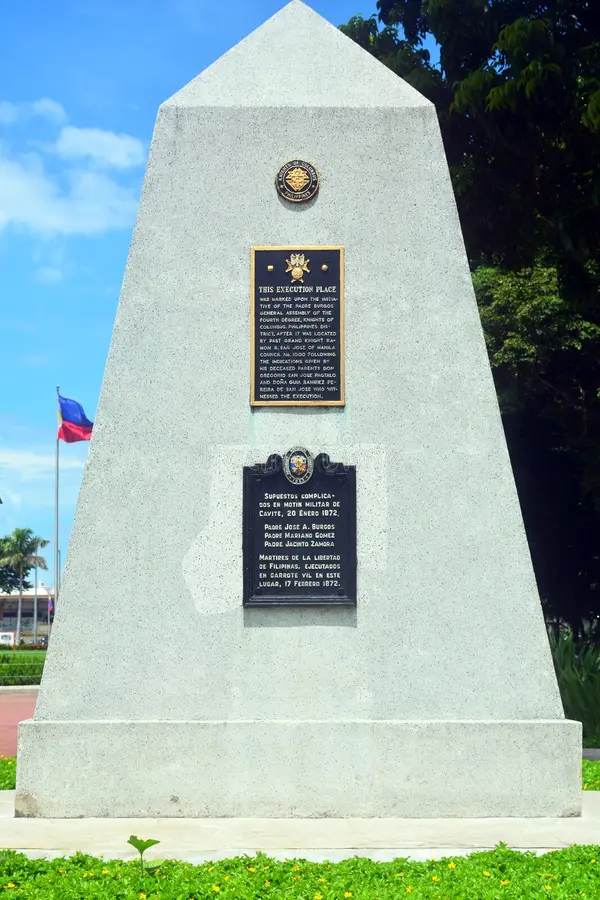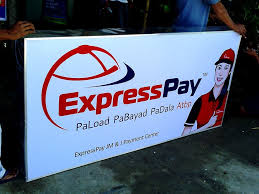Monument signage refers to a type of outdoor signage that is freestanding and typically located at the entrance or in front of a building, property, or landmark. It is designed to be a permanent and prominent display that serves as a visual identifier for a particular location.
Here are some key features and characteristics of monument signage:
- Design and Construction: It is typically constructed using durable and long-lasting materials such as stone, brick, concrete, metal, or a combination of these. The design and style of the signage can vary widely depending on the intended purpose, architectural context, and branding requirements. It may incorporate elements such as engraved text, logos, symbols, and decorative elements to enhance its aesthetic appeal.
- Freestanding Structure: Unlike wall-mounted or attached signage, monument signage is standalone and independent of any building or structure. It is usually positioned at ground level and can be designed to complement the overall architectural style of the surrounding environment.
- Prominence and Visibility: It is intended to be highly visible and easily identifiable from a distance. Its placement and size are often chosen to ensure maximum visibility and legibility for passing pedestrians, motorists, or visitors. The signage may incorporate bold lettering, contrasting colors, and appropriate lighting to enhance visibility, particularly during nighttime or low-light conditions.
- Branding and Identification: Monument signage serves as a branding tool, helping to establish and reinforce the identity of a business, organization, or landmark. It often features the name, logo, or emblem of the entity it represents, creating a distinctive visual presence that helps visitors and customers identify the location or establishment.
- Information and Directional Signage: In addition to branding purposes, monument signage can also provide important information or directional guidance. It may include directional arrows, maps, or other indicators to assist visitors in navigating the premises or finding specific areas of interest.
- Landscaping and Aesthetics: Monument signage is often designed with consideration for its surroundings and may be integrated with landscaping elements such as plantings, flowers, shrubs, or decorative rocks. This helps create an aesthetically pleasing and visually appealing display that blends harmoniously with the natural or built environment.
- Permanence and Durability: Monument signage is typically built to withstand various weather conditions and long-term exposure to the elements. The materials used and construction techniques ensure durability and longevity, minimizing maintenance requirements over time.
Monument signage serves as a visual landmark, providing identification, branding, and directional information for a particular location. Its prominent and durable design makes it an effective and long-lasting means of communication, creating a lasting impression and enhancing the overall visual appeal of the site.
IMAGE GALLERY

CONTACT US
For details, do any of the following:
- Call or text me at 09460480491
- Message us on Facebook at https://www.facebook.com/rbsublimationsignage/



